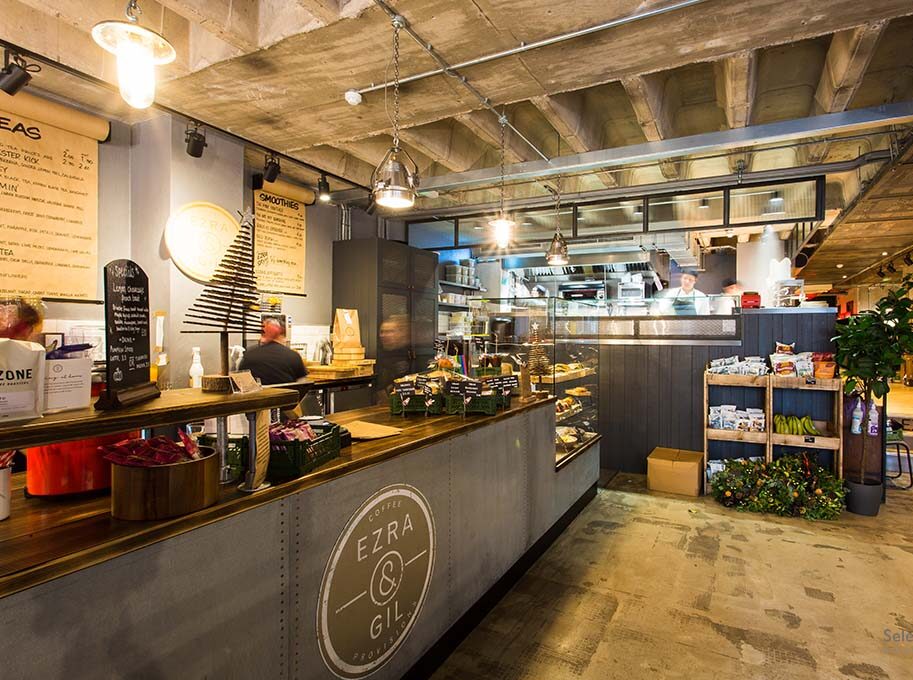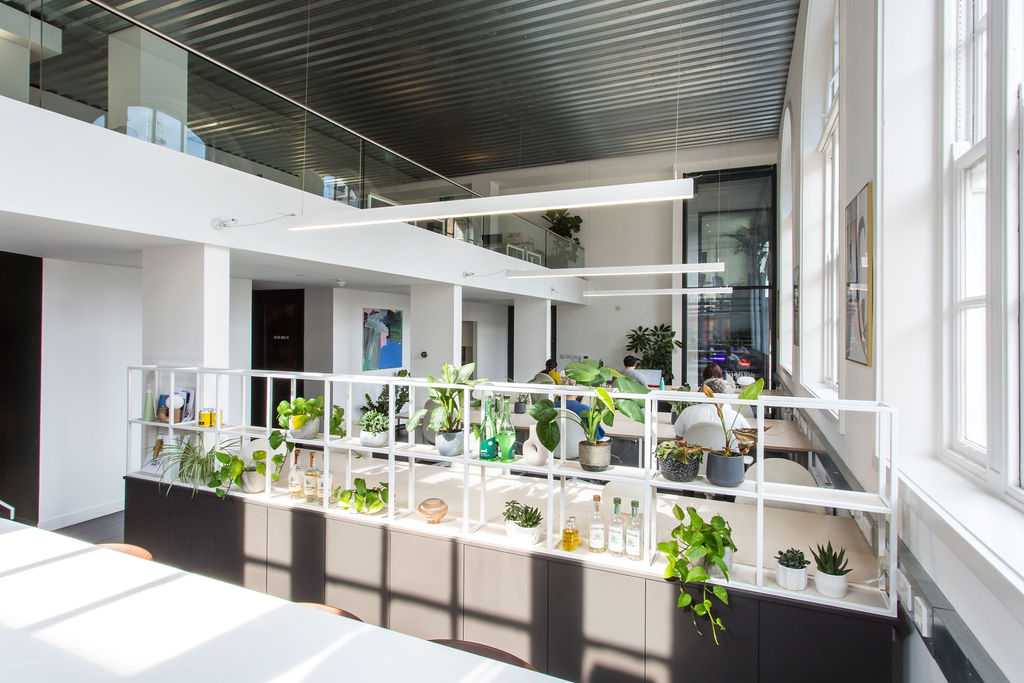Fitting out a listed building as an office space is a unique and rewarding challenge. However, navigating the planning permissions and regulatory landscape can be complex because these buildings are often protected for their historical or architectural significance. Here’s a comprehensive guide to help you through the process and ensure your space respects the building’s heritage while meeting your needs.
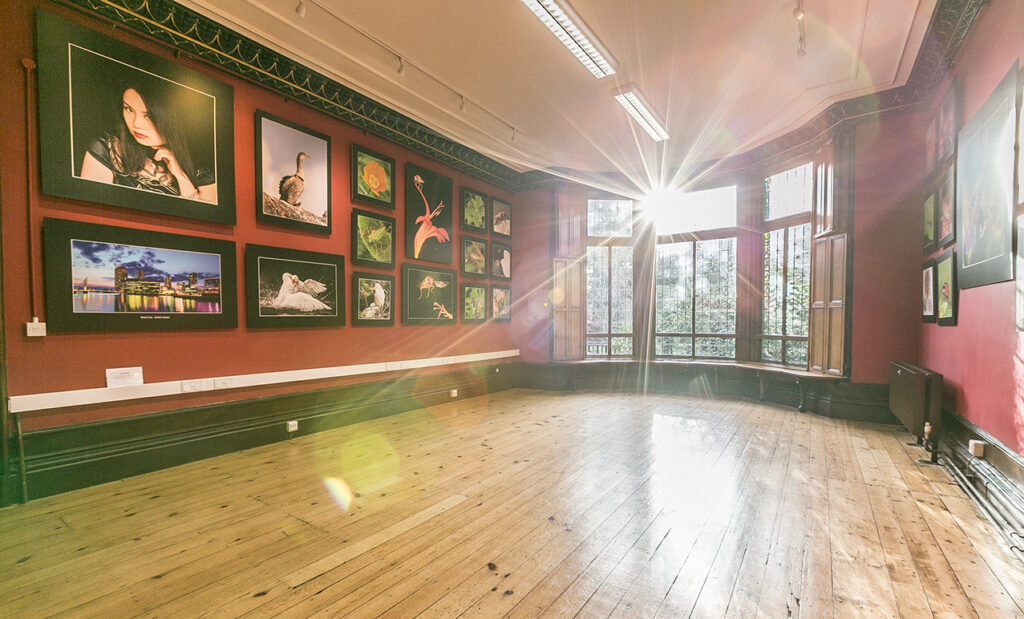

1. Listed building consent (LBC)
Before you start any work, you must obtain a Listed Building Consent (LBC) from your local planning authority. This consent is essential for any alterations affecting the building’s historic or architectural character. The LBC process ensures that your changes harmonise with the building’s significance.
2. Planning permission
In addition to LBC, you might need planning permission, especially if your project involves changing the building’s use or making external modifications. The scope of planning permission will depend on the nature of the changes and their impact on the building and its surroundings.
3. Conservation area consent
If your listed building is located within a conservation area, additional consent may be required for any works that alter its external appearance. This ensures that changes are within the overall character of the area.
4. Understand the building's listed status
The grade of listing (Grade I, Grade II*, or Grade II) affects the level of protection and the type of changes that may be permissible. Higher-grade listings generally have stricter controls due to their historical or architectural importance.
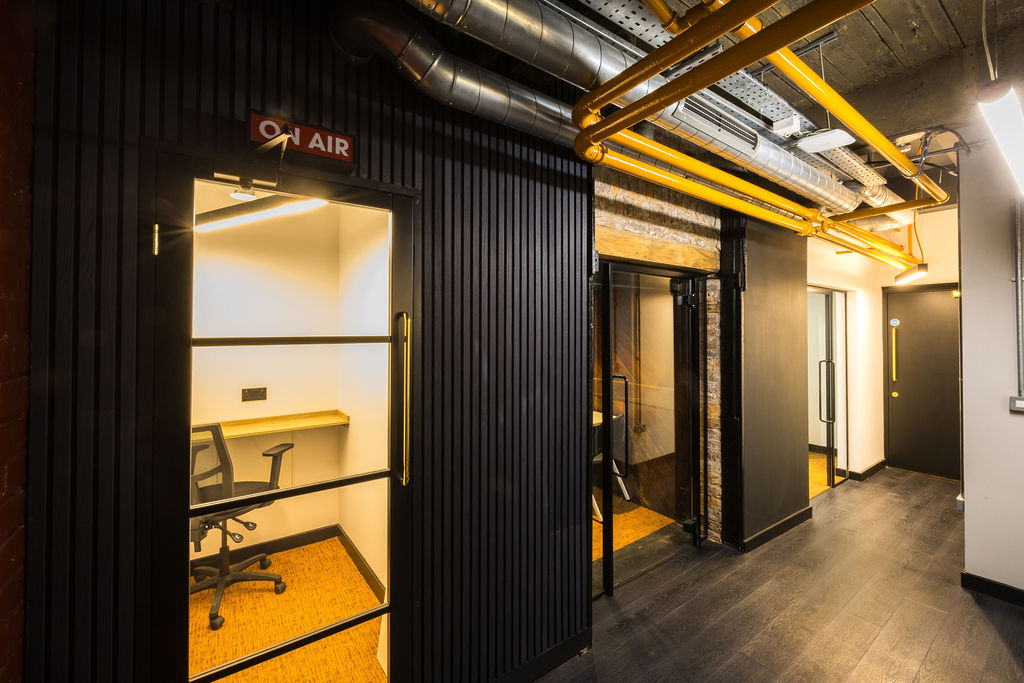
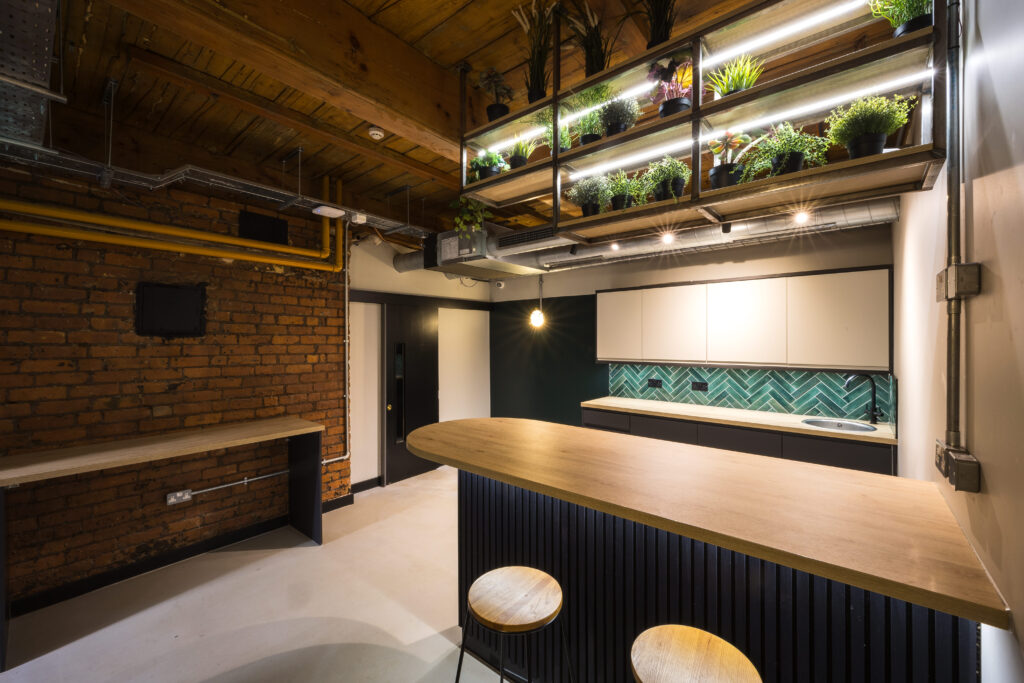
5. Seek advice from Historic England
Consulting Historic England or a similar advisory body can provide valuable insights into what changes will likely be acceptable. Their expertise can help you navigate the complexities of working with listed buildings and ensure that your alterations are sensitive to their significance.
6. Comply with listed building regulations
Any changes must also comply with Building Regulations covering aspects like fire safety, accessibility, and structural integrity. Listed buildings may have specific requirements, so it’s essential to ensure that your project meets these standards.
7. Consider structural impact
Alterations to a listed building can impact its structural integrity. It’s crucial to assess how your changes will affect the building’s structure and use specialised techniques and materials to preserve its historical value.
8. Interior alterations
Interior modifications, such as changes to partitions or services, may also require consent if they affect historic features or the building’s overall character. Protecting original features is key to maintaining the building’s historical value.

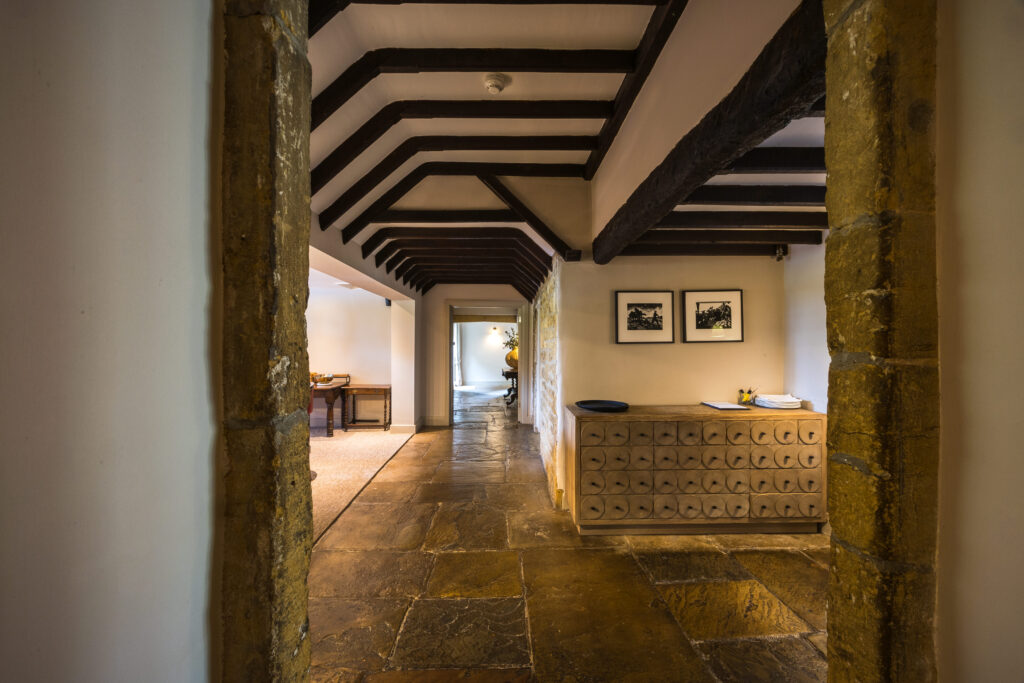
9. Engage with a conservation architect for your listed building
Working with a conservation architect or heritage consultant can be incredibly beneficial. Their expertise will help you plan alterations that respect the building’s heritage while addressing your needs for office space.
10. Preserve historic features
Preserving original features such as decorative elements, woodwork, and fixtures is vital. These features often contribute significantly to the building’s listing status, and maintaining them will be a crucial aspect of your project.
11. Prepare detailed documentation
Detailed plans and reports documenting the current state of the building and your proposed changes will be essential for the consent process and any future restoration work. Thorough documentation helps ensure that your project is well-understood and compliant with regulations.
12. Address community concerns
Be prepared to address concerns from the local community or historical societies. Changes that affect the building’s appearance or use may prompt opposition, so engaging with stakeholders early can help smooth the process.


13. Factor in cost and time
Transforming a listed building can be more costly and time-consuming due to the need for specialist materials and methods and potential delays in obtaining permissions. Budget and timeline adjustments are often necessary.
Turning a listed building into office space requires careful planning and adherence to regulations. By understanding the requirements for listed building consent, planning permission, and other aspects and working with conservation experts, you can successfully balance the preservation of historical value with the practical needs of modern office space. With careful consideration and preparation, your project can breathe new life into a cherished building while respecting its heritage.
Select Interiors have 37 years of experience Creating + Making spaces and refurbishing Listed Buildings. We are proud to have worked in some of the North West’s premier examples i.e The Royal Exchange – Manchester, Barton Arcade – Deansgate, Arkwright House – Parsonage Gardens and many more, so drop us a line today to see how we can help transform your listed building into office space

